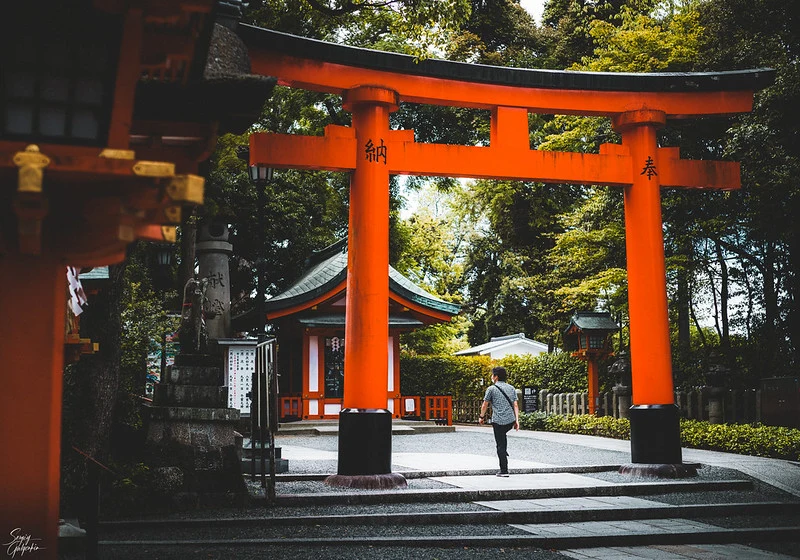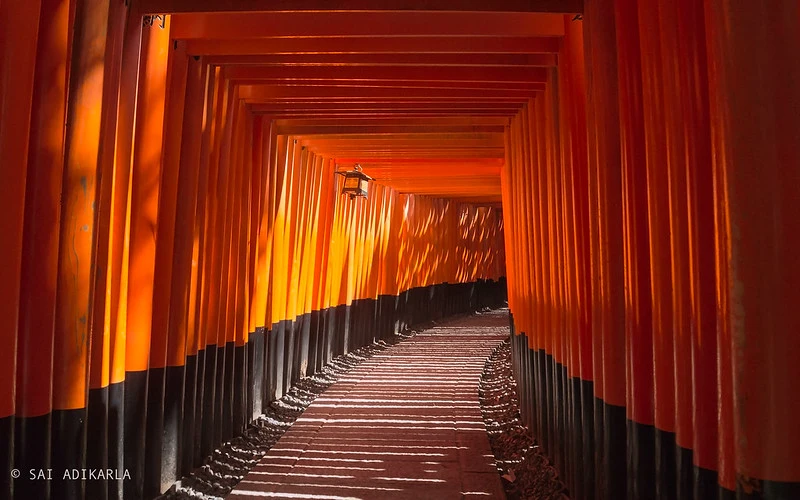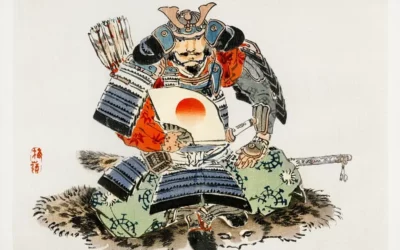In the heart of Japan’s rich cultural tapestry, Torii Gates stand as serene sentinels at the threshold of the divine. These iconic structures, more than mere physical entities, represent a profound spiritual journey, marking the passage from the everyday world into a realm of sacredness and tranquility.

What is a Torii Gate?
Torii Gates, recognized universally as symbols of Japan, embody the country’s deep-rooted spirituality. They typically mark the entrance to Shinto shrines, signifying a sacred transition from the mundane to the spiritual world. These gates are not dedicated to any specific deity but serve as a passage for anyone seeking spiritual connection and enlightenment. The striking vermilion color of many Torii Gates is believed to attract kami (spirits), symbolizing life force, passion, and energy.
Architecture and Types of Torii Gates
Architecturally, Torii Gates are characterized by two vertical pillars supporting two horizontal beams, with the upper beam often slightly curved. They predominantly come in two styles: shinmei and myōjin. Shinmei torii feature straight horizontal beams, while myōjin torii are distinguished by their curved beams.
Famous Torii Gates in Japan
- Fushimi Inari Taisha, Kyoto: This shrine is renowned for its thousands of vermilion Torii gates along the paths of Mount Inari, offering a unique and photogenic experience.
- Itsukushima Shrine, Miyajima: Famous for its floating Torii gate, this breathtaking sight appears to float on water during high tide.
- Meiji Shrine, Tokyo: The towering Torii gate made from 1,500-year-old cypress wood marks the entrance to this serene shrine.
- Hakone Shrine, Lake Ashi: Known for its Torii gate standing in Lake Ashi, offering a picturesque view with Mount Fuji in the backdrop.
- Heian Shrine, Kyoto: Impressive for its size and bright vermilion color, this Torii gate marks the entrance to a shrine built to celebrate Kyoto’s 1100th anniversary as the former imperial capital.

Torii Gates in Modern Japanese Culture
In modern Japan, Torii Gates transcend their religious roots, becoming integral to cultural identity. They attract both locals and tourists, not just for their spiritual significance but also for their historical and aesthetic value. While Japan’s religious adherence is declining, the traditions surrounding these gates continue to be a vital part of its cultural fabric.
Visiting Torii Gates: Etiquette and Tips
When visiting these sacred sites, visitors should bow slightly before entering and exiting through a Torii gate as a sign of respect. It’s customary to wash hands and mouth at the shrine’s water basin before entering. Keeping the pathway clean and maintaining a respectful demeanor is also part of the etiquette.




